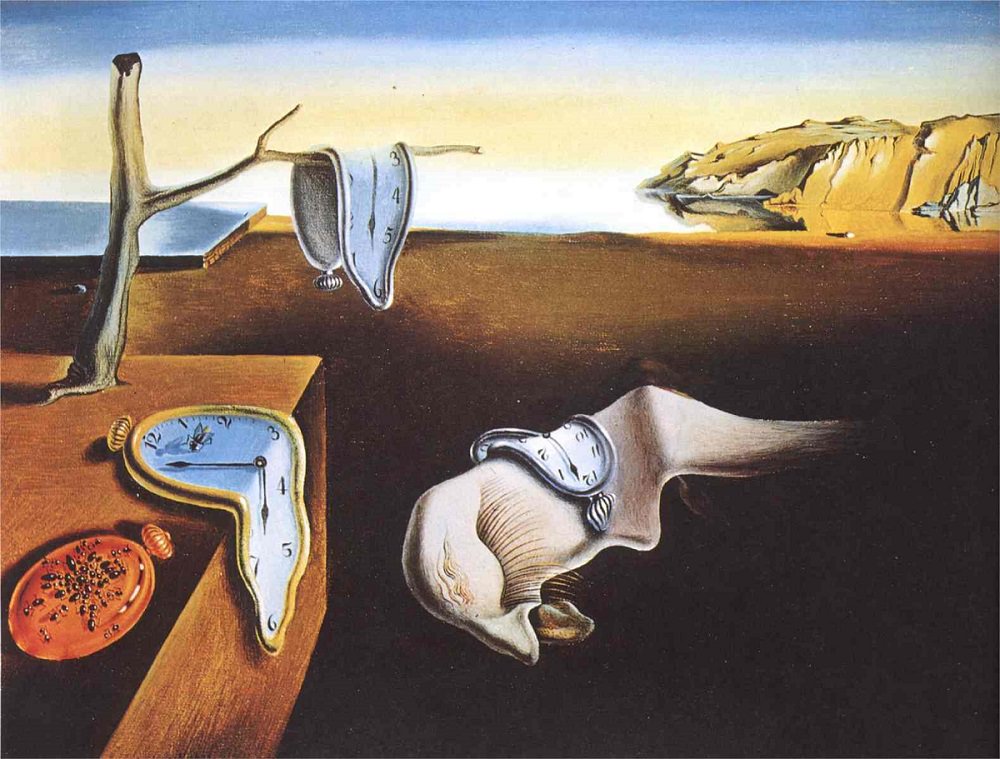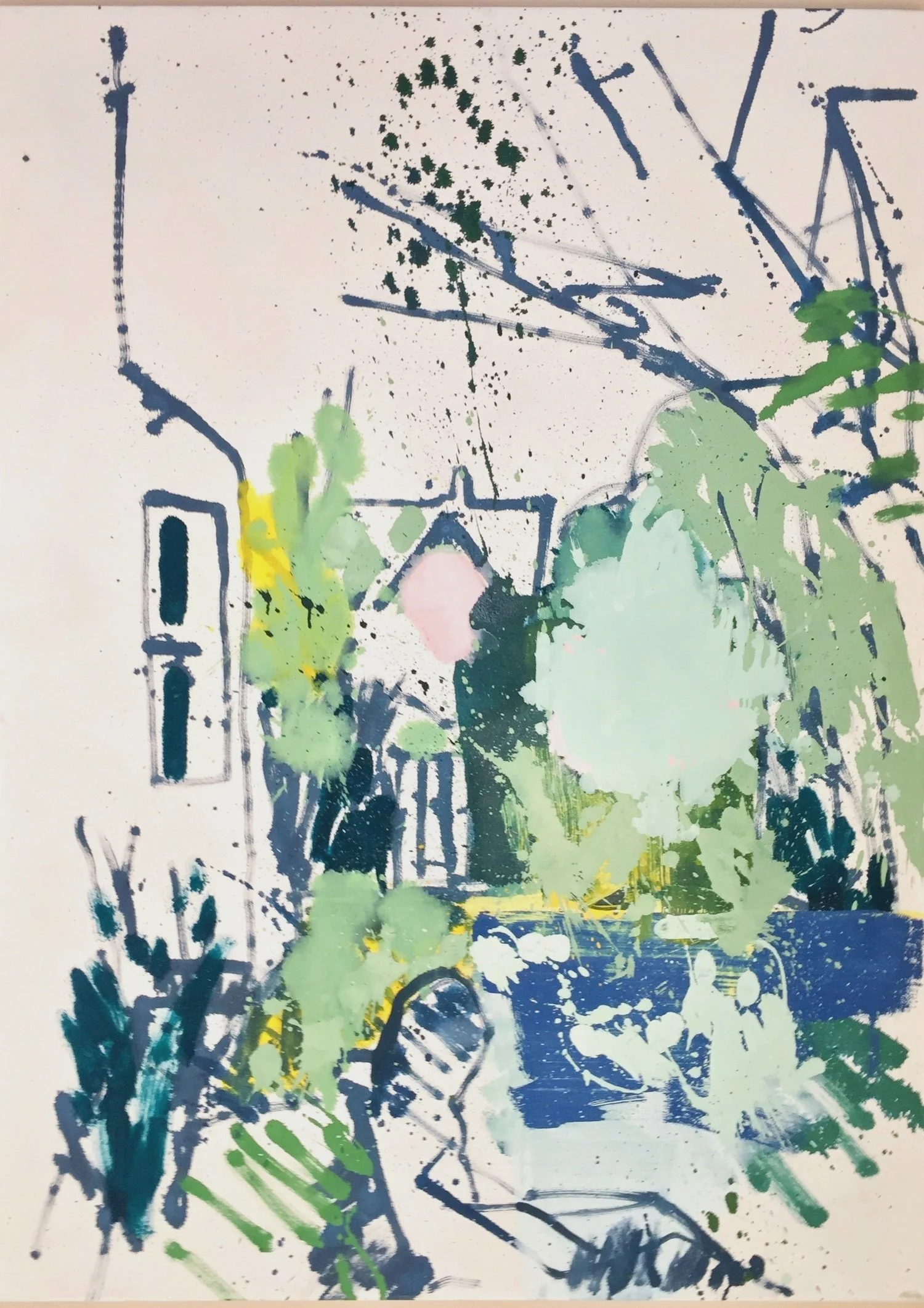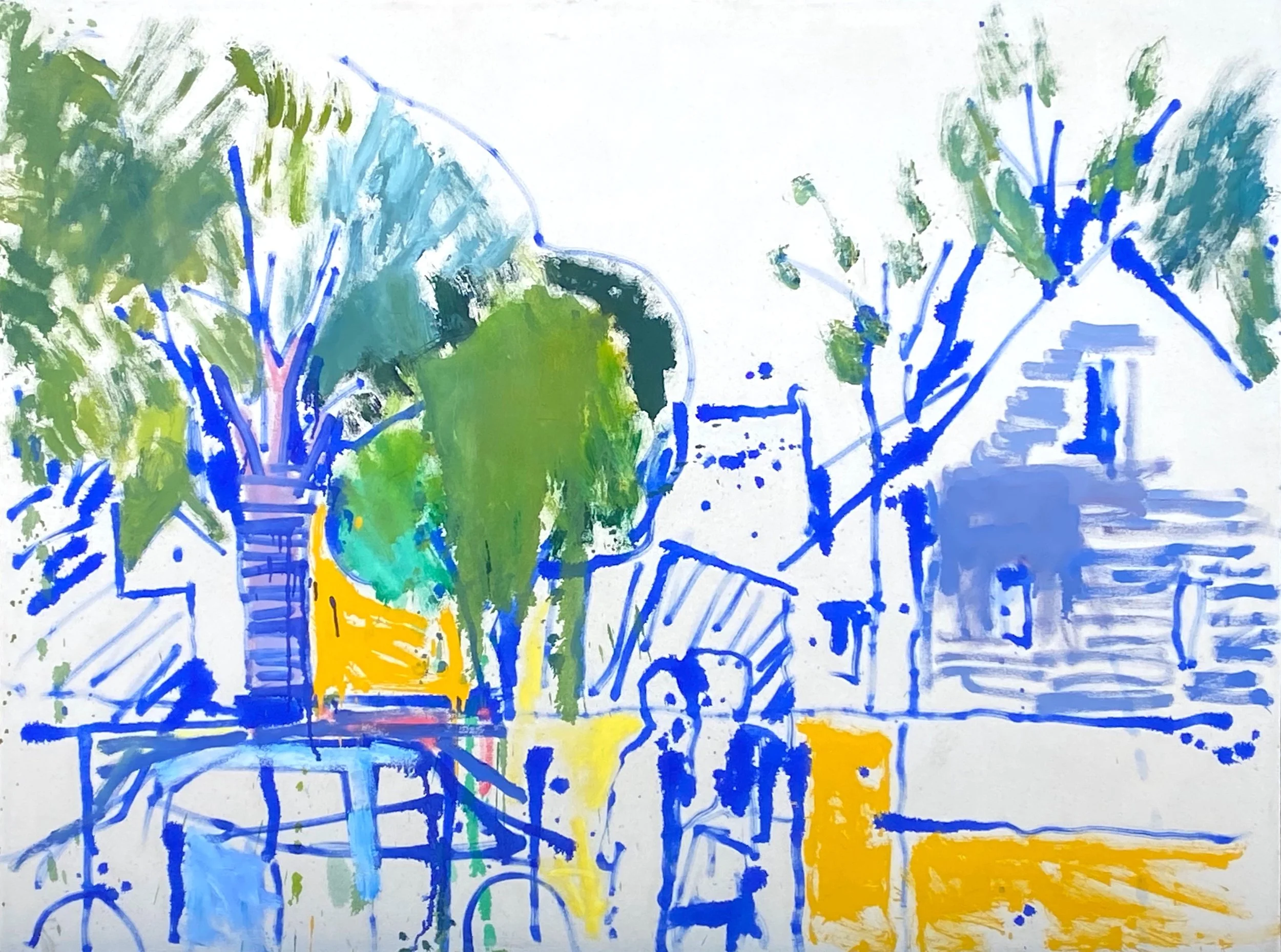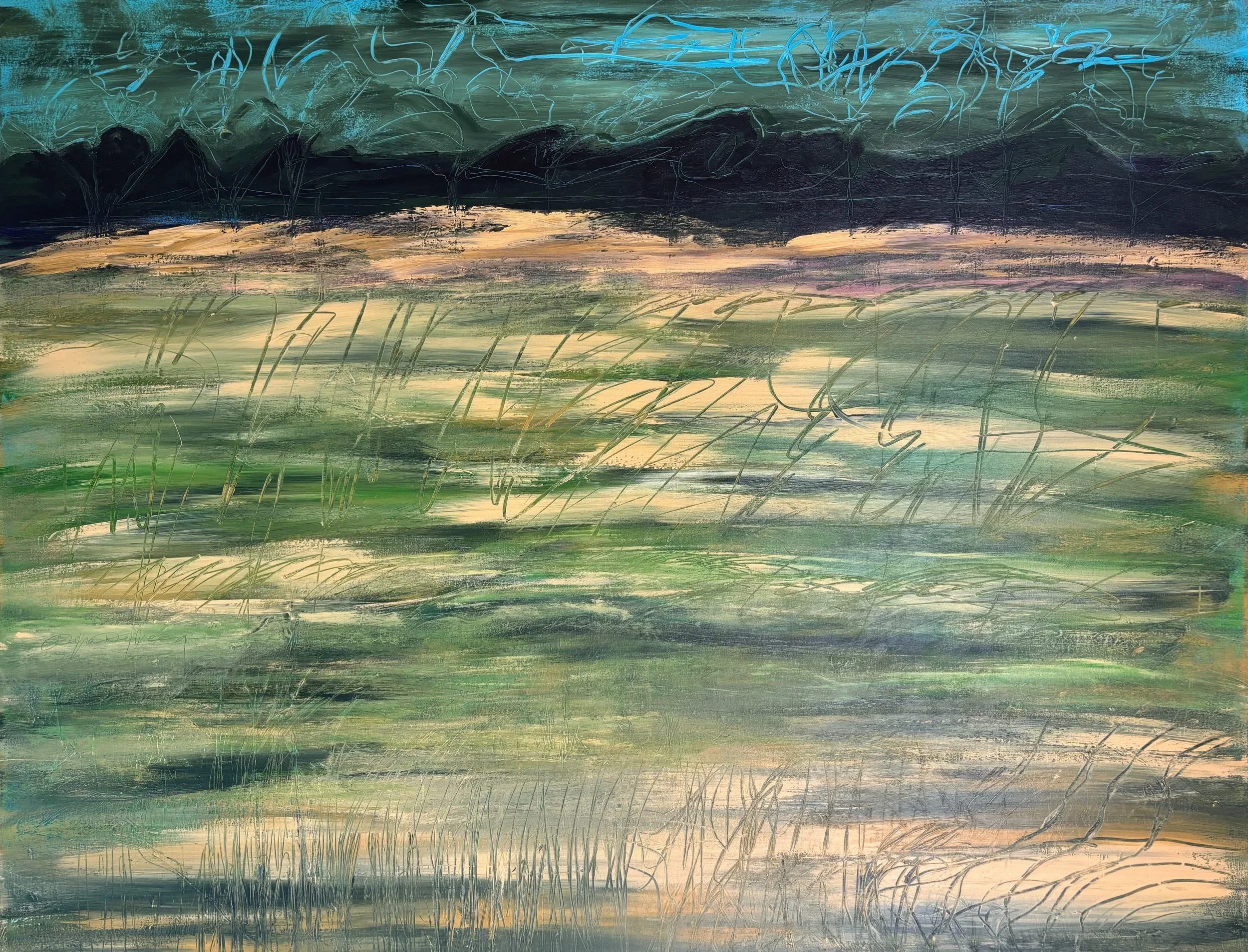On Abstract Expressionism
“I don’t know very much about art.” That’s a comment we frequently hear from customers. We believe that appreciating art does not require knowledge of art, but understanding some art history can enhance enjoyment. So, we would like to provide some context to our customers through our blog posts. Since they are brief, we hope that the blog posts will act as a springboard for those looking for more information. Today we will discuss the Abstract Expressionist art movement, which informs so much of contemporary art.
There is no single definition for the Abstract Expressionism movement. According to the Museum of Modern Art in New York City, it is defined by artists’ interest in using abstraction to communicate strong emotional or expressive content. Originating in the U.S. in the 1940’s following World War II, the Abstract Expressionism movement was the first from the U.S. to be recognized internationally and was important in establishing New York City as a center of art. However, the roots of the movement were actually based in Europe.
Abstract Expressionism grew out of the Surrealist movement, which began following World War I in Paris and emphasized creating spontaneously and subconsciously. More specifically, Surrealism focused on the unconscious as a way to uncover the possibilities of imagination in painting. Some of the best known of the Surrealist artists were Joan Miro, Salvador Dali, Rene Magritte, Max Ernst, and Alberto Giacometti.
Salvador Dali, The Persistence of Memory
Although the Surrealist movement grew during the 1920’s, instability in Europe during the 1930’s led several prominent artists to move to the United States, including Yves Tanguy, Max Ernst, and Fernand Léger. Many of these Surrealist artists went to New York City and influenced painters who would ultimately be key individuals in the Abstract Expressionism movement, many of whom were painting realistic subjects throughout the 1930’s.
At the same time, New York was becoming a more sophisticated center of art. In 1929, the Museum of Modern Art opened in Manhattan, the first museum in the city to display European modernist art. The museum displayed the work of many well-known European artists and gained further prominence in the late 1930’s when it mounted a retrospective exhibit of the work of Pablo Picasso in conjunction with the Art Institute of Chicago. Ten years later, in 1939, what is now known as the Solomon R. Guggenheim Museum opened its doors. One artist who the museum particularly focused on was Wassily Kandinsky, a Russian painter who was one of the first to create abstract work. These developments allowed artists in the United States to be directly exposed to European trends in art. This, along with the fact that many of these European artists were moving to the United States, created an environment that allowed artists from the United States to develop an art movement of their own.
Wassily Kandinsky, Yellow-Red-Blue
Abstract Expressionist art is often divided into two types of work: action painting, also known as gestural; and color field painting. This distinction is somewhat misleading, however, as many artists produced work that bridged both camps. For simplicity, however, we will discuss them as separate segments of Abstract Expressionism.
Action painting was defined by spontaneity and the physicality of putting pigment on canvas. Many artists who embraced the idea of action painting believed that their work was not accidental; it was the product of their unconscious desires. Perhaps the most iconic action painter was Jackson Pollock, who was known for dripping paint onto a canvas laid out on the floor. This novel approach to painting resulted in works such as “Number 1 1949,” shown below, which is currently on display at the Museum of Contemporary Art in Los Angeles. While Pollock painted in this way for a relatively short period of time, it fueled his fame in the art world. Franz Kline was another well-known action painter, whose work was characterized by black abstract strokes of paint on a white background, executed on a large scale. A third major action painter was Willem de Kooning, whose best-known “Woman” series presented the female figure in a non-representational way (see below). Other well-known action painters included Robert Motherwell and Lee Krasner.
Jackson Pollock, Number 1 1949
Franz Kline, Chief
In contrast to the spontaneous nature of action painting, color field painting was defined by flat, solid color on canvas, creating an overall consistency in the art that allowed the color to escape objectivity and become the subject of the work. Mark Rothko was one of the best- known color field painters. His work, comprised of wide horizontal bands of color, was meant to portray human emotions. His painting, “Four Darks in Red,” shown below, is currently on display at the Whitney Museum of American Art in New York City. Other color field painters approached their work in very individual ways. Hans Hofmann, who came to the U.S. from Germany, was a teacher to many prominent painters as well as an important artist himself. His work is very different from Rothko’s, with an emphasis on pictorial structure reflecting his experience in science and mathematics. Other important color field artists included Helen Frankenthaler, Barnett Newman, Clyfford Still, and Ad Reinhardt.
Mark Rothko, 4 Darks in Red
Hans Hofmann, Combinable Walls I and II
Abstract Expressionism impacted and/or gave way to later art movements such as Pop Art, which began during the late 1950’s and included the work of such artists as Andy Warhol and Roy Lichtenstein, and Minimalism, which began in the 1960’s/early 1970’s and included the work of artists such as Frank Stella and Ellsworth Kelly.
Andy Warhol, Mao
Frank Stella, Harran II
When we look at contemporary art today, we can easily see the impact of Abstract Expressionism. In our gallery, for example, artist Matthew Schaefer often paints in a manner that could be described as action painting. He uses very fluid paint which he drips, drags, and splatters across the canvas. Debra Delbecq paints the scene from her studio window over and over again, reflecting the colors, scents, sounds and emotions of each season, a process that reminds us of color field painting. Those are just two examples; next time you visit the gallery see what other associations you can make.
Matthew Schaefer, kbo4
Debra Delbecq, Frost Leaving the Ground
The takeaway? Contemporary abstract art has its origins in the Abstract Expressionism movement of the 1940’s and 1950’s. It shares the idea that art can be made spontaneously and convey emotions through gesture, shape and color. Next time you are viewing a piece of abstract art, see if you can determine what the artist was trying to communicate to you. How does it make you feel? And how does the artist create that feeling? Some pieces will speak to you, others may not. That’s the real beauty of art.






















Matthew Schaefer
Oil on Canvas
48 x 66 inches